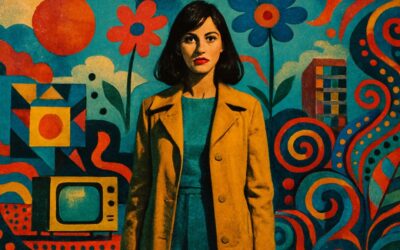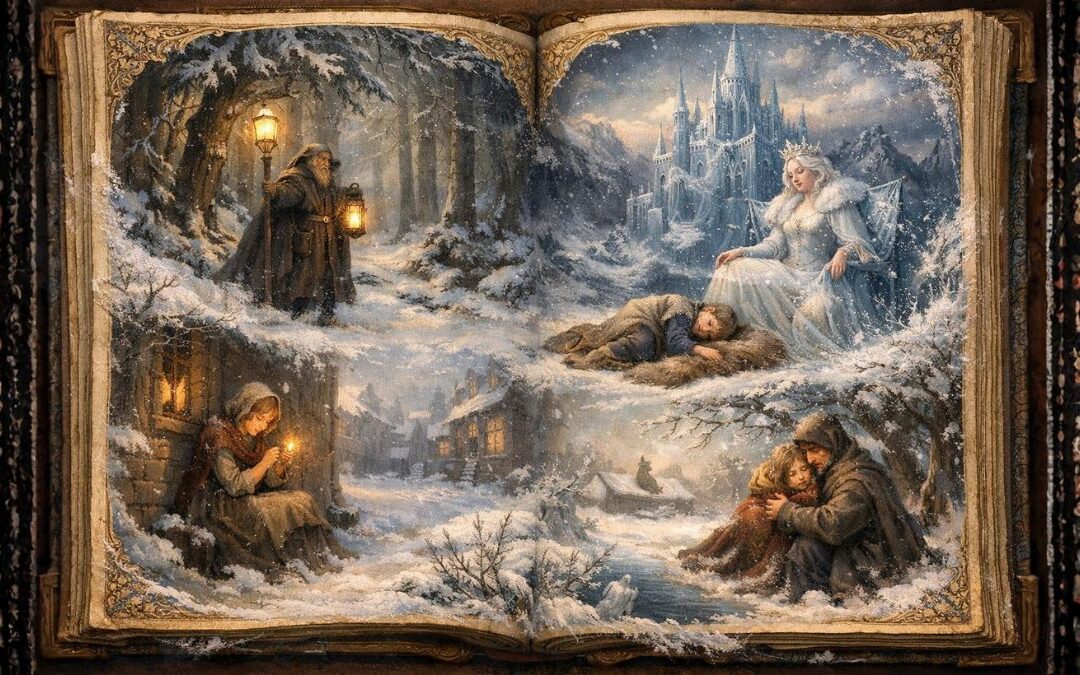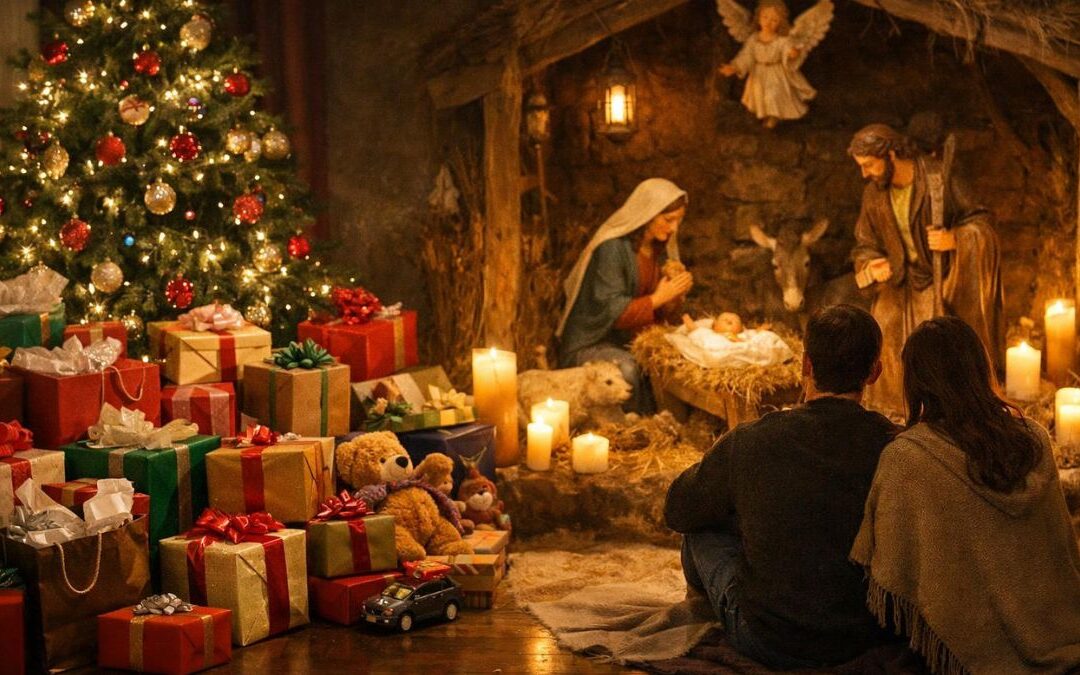In the bustling streets of Florence, as the sun set, casting long, golden shadows over the cobblestones, a curious scene unfolded. A group of travelers, having journeyed from afar, gathered in a dimly lit tavern, eager to uncover the mysteries of the city’s most prized possessions—its artworks. Their questions, like the paintings of the time, were a window into an era of unmatched brilliance—the Renaissance.
One traveler, a lady with raven-black hair, began, “Why is the Renaissance period so significant in art history?” As murmurs of agreement echoed, an old artist sitting in the corner cleared his throat. The Renaissance, he explained, marked a rebirth of art, literature, and culture after the Dark Ages. It was a period when artists began to turn to the natural world, human anatomy, and classical texts for inspiration, resulting in a surge of creativity and innovation.
Another voice chimed in, “But what does ‘Renaissance’ mean?” The artist smiled. Derived from the French word for ‘rebirth’, the term encapsulated the essence of the era—a revival of knowledge, a rediscovery of ancient Greek and Roman ideals, and a newfound emphasis on individualism and human potential.
A gentleman in a feathered hat posed the next query, “Who are the most famous Renaissance artists?” Ah, replied the artist, the giants of the Renaissance—Leonardo da Vinci, the man of boundless curiosity; Michelangelo, the sculptor of divine forms; Raphael, the painter of harmonious compositions; and Titian, who breathed life into colors. These masters transformed art from mere depictions to profound expressions of human experience.
“But what about women artists?” asked a young maiden. A good point, the artist conceded. While the Renaissance celebrated human potential, it often overshadowed the achievements of women. Nevertheless, artists like Sofonisba Anguissola and Artemisia Gentileschi broke through the barriers, earning acclaim for their exceptional talents.
The conversation flowed, and as goblets were refilled, more questions emerged. “Why are chiaroscuro and linear perspective important?” The artist’s eyes sparkled. These techniques, he said, revolutionized art. Chiaroscuro, the play of light and shadow, added depth and drama, while linear perspective allowed artists to depict a three-dimensional space on a flat surface, pulling viewers into the canvas.
“What’s the story behind the ‘Mona Lisa’s’ smile?” quizzed another. Ah, the eternal enigma! The artist laughed. Leonardo’s masterpiece is renowned for its ambiguous expression. While theories abound—from a symbol of feminine mystique to a portrayal of happiness—its true meaning remains one of art’s most captivating mysteries.
A traveler, stroking his beard, wondered, “How did patrons like the Medici family influence Renaissance art?” Immensely, the artist replied. Their patronage ensured that artists could pursue their passions without financial constraints. In return, they commissioned artworks that showcased their power, wealth, and sophistication.
“Why were religious themes so prevalent?” asked another. The artist explained that while the Renaissance celebrated humanism, religion remained central to life. Art became a medium to inspire faith, tell biblical stories, and glorify the divine.
“But were there any secular themes?” Yes, indeed! As the Renaissance progressed, there was a growing interest in mythological subjects, portraits, and everyday life. Art began reflecting a broader spectrum of human experience.
As the evening wore on, a final question arose, “What legacy has Renaissance art left behind?” The artist paused, reflecting. Beyond the masterpieces and the techniques, the Renaissance instilled an enduring belief in the potential of the human spirit, the power of observation, and the profound impact of artistry in shaping our understanding of the world.
With the night deepening, the travelers left the tavern, their minds illuminated by the radiant glow of the Renaissance. They now realized that every brushstroke, every chiseled line, wasn’t just art—it was a testament to an era, a philosophy, a celebration of humanity’s ceaseless quest for beauty and truth.










0 Comments